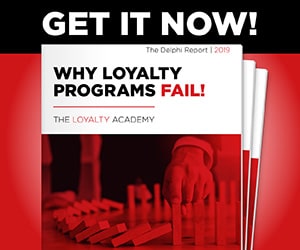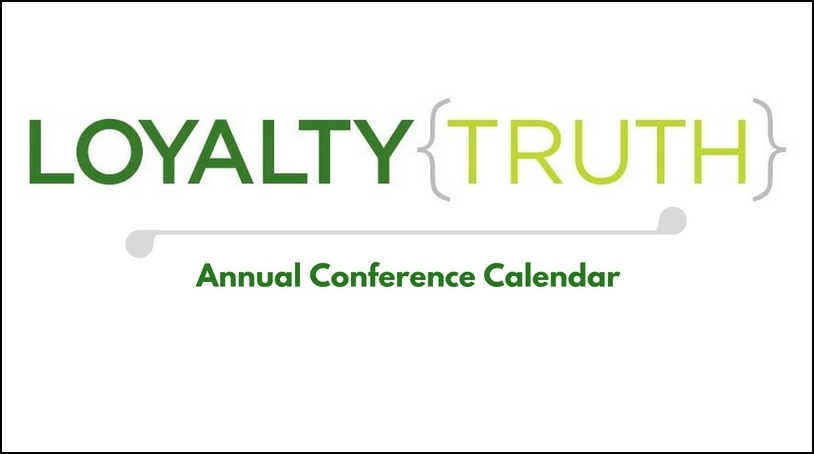What do chocolate, red wine, credit cards and the internet have in common?
Each offers benefits or represents risks for human beings. And, if you read the results of consumer research on a regular basis, you’ll find that each fills the role of hero and villain depending on which survey results you read.
If you follow nutritional news, you probably have seen studies that indicate on a variable basis that chocolate, red wine and many other food items can yield long term health benefits or cause irreparable harm. Sometimes the more we read, the less sure we can be of what to believe.
The problem is not data. Data Rocks. But the assumptions by which data is collected and interpreted has to be carefully scrutinized for accuracy, sample size, and bias.
A short segment on National Public Radio today got my attention as Ron Shevlin of the Aite Group was interviewed regarding news from the Federal Reserve Bank of Chicago that reward credit cards can cause people to go further into debt.
While the premise of the NPR story makes for great headlines, Mr. Shevlin quickly pointed out potential weakness in the way the study was conducted. Bottom line: be skeptical about survey results which generate breath-taking headlines until you know the whole story.
The second item this week that caught my attention was a story in the Wall Street Journal about the potential linkage between the risk of prostate cancer in men and the length of their index finger. I won’t go into the details as you can read it here.
The most important line in the story for me was this one: “Caveat: Participants self-reported their finger lengths, raising the possibility of error.”
In other words, qualitative surveys based on self-reported information may generate big headlines but are highly vulnerable to one caveat buried below the page-break.
The linkage between these stories and the efforts of marketers to understand how consumers make purchase decisions is clear. We can collect primary research all we want via focus group or survey, but we are wise to validate what people say they will do by transaction data proving what they actually did.
Hanifin Loyalty is adopting a renewed focus on data for the coming year. Data is plentiful in the storehouses of major brands and may be the least leveraged asset in the enterprise. It’s time to fulfill the promise of the data we have collected.
We will soon introduce service offers aimed to optimize the value of data brands collect through loyalty and rewards programs, and to make sure that your data generates business results, not just headlines.
Let’s all resolve to use our data in 2011 to drive business results!




